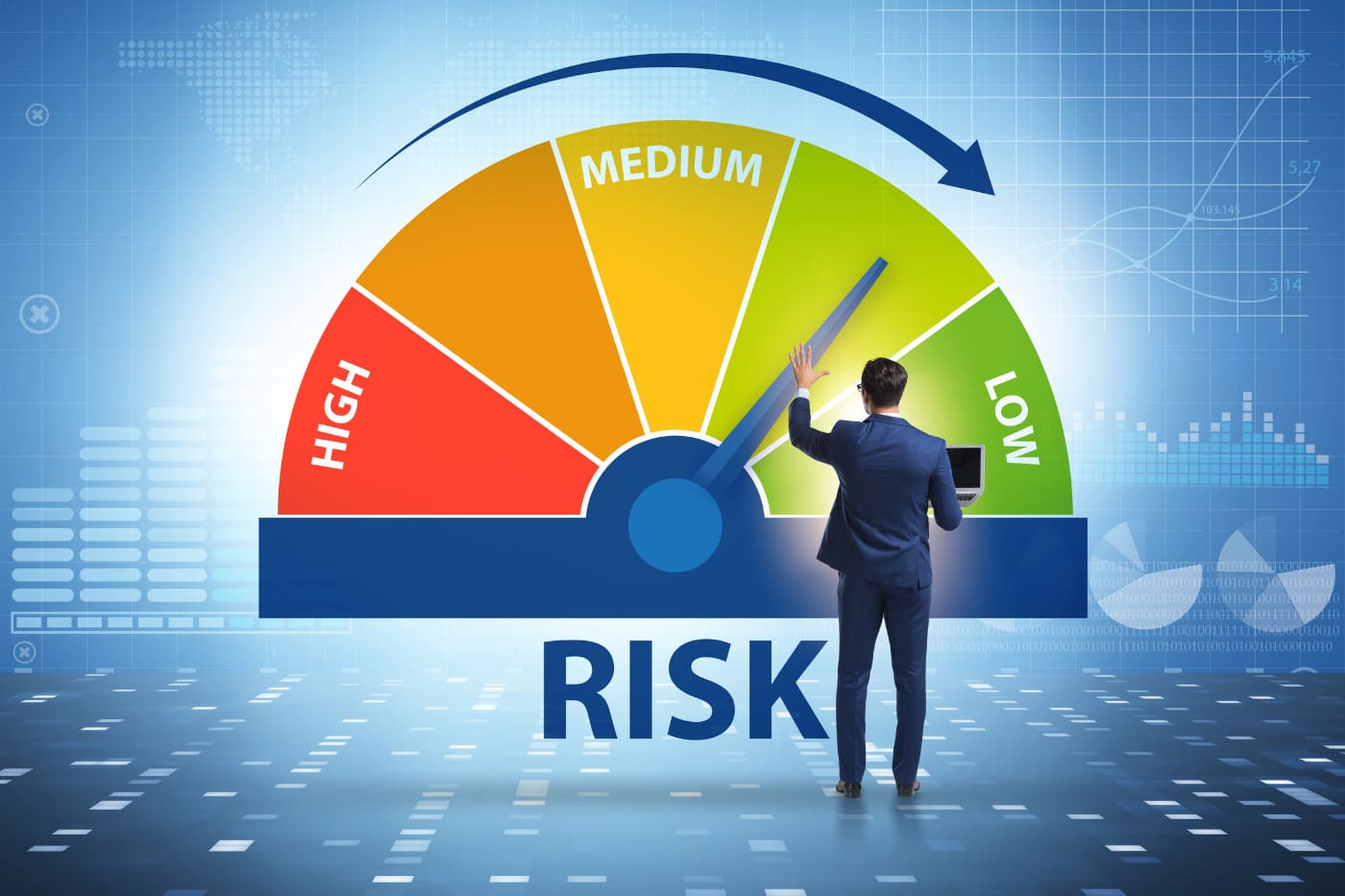Probability and Risk Assessment
Probability and Risk Assessment; In the vast ocean of decision-making, probability and risk assessment serve as the compass and the map, guiding us through the turbulent waters of uncertainty. Whether in finance, engineering, healthcare, or everyday life, understanding and quantifying probabilities and risks are indispensable tools for making informed choices and mitigating adverse outcomes.
Probability, at its core, is the measure of uncertainty. It quantifies the likelihood of various outcomes occurring in a given situation. From flipping a coin to predicting the outcome of a medical treatment, probability provides a framework for assessing uncertainty. By assigning numerical values between 0 and 1 to events, where 0 denotes impossibility and 1 denotes certainty, probability enables us to make reasoned judgments about the likelihood of different scenarios.
However, probability alone does not tell the whole story. Enter risk assessment – the process of evaluating potential consequences and likelihoods to determine the level of risk associated with a particular decision or activity. Risk assessment integrates probability with impact, considering both the likelihood of an event occurring and the severity of its consequences.
Take, for instance, the field of finance. Investors routinely assess the probability of various market outcomes, such as stock price movements or bond defaults, to make investment decisions. However, they also evaluate the potential risks associated with these outcomes – the financial loss they may incur if the market moves against them. By combining probability estimates with risk assessments, investors can construct portfolios that balance potential returns with acceptable levels of risk.
In engineering and technology, probability and risk assessment play a critical role in ensuring safety and reliability. Engineers evaluate the probability of structural failures, equipment malfunctions, or software bugs, and assess the potential impact on human lives, the environment, and financial resources. By identifying and mitigating risks early in the design and development process, engineers can enhance the safety and reliability of products and systems.
Similarly, in healthcare, probability and risk assessment are essential for clinical decision-making and patient safety. Doctors use probabilistic models to estimate the likelihood of diseases, treatment outcomes, and adverse reactions. They also assess the risks associated with various medical interventions, weighing the potential benefits against potential harms to their patients. In this way, probability and risk assessment help healthcare professionals make informed choices that maximize patient welfare.
In everyday life, probability and risk assessment influence our decisions in countless ways. From choosing a route for our daily commute to deciding whether to buy insurance or to invest in a retirement plan, we constantly weigh probabilities and assess risks to navigate uncertain terrain. While we may not always be aware of the probabilistic calculations running in the background of our minds, they shape our choices and actions in profound ways.
Despite their utility, probability and risk assessment are not without limitations and challenges. Uncertainty abounds, and our ability to accurately quantify probabilities and assess risks is inherently limited by the complexity of the systems and phenomena we seek to understand. Moreover, human biases and cognitive limitations can distort our judgments, leading to errors in probability estimation and risk assessment.
In conclusion, probability and risk assessment are indispensable tools for navigating uncertainty in diverse domains. By quantifying probabilities and evaluating risks, we can make informed decisions, enhance safety and reliability, and improve outcomes in finance, engineering, healthcare, and everyday life. While challenges remain, the ongoing refinement of probabilistic models and risk assessment techniques continues to advance our ability to navigate the uncertain seas of existence.







